Stretching across the harsh landscapes between Europe and the Far East is the remote and largely unknown region of Central Asia — also affectionately known as the ’Stans. Back in the heyday of the Silk Road trade route, this region attracted many famous explorers, including the world’s first professional traveller, Marco Polo. Today, the overland odyssey continues to draw in curious travellers from all over the world.
For those who want to go off the conventional trail, travelling in Central Asia can be fulfilling and daunting in so many ways. Travelling here often involves crossing vast distances and challenging terrain like deserts, mountain passes and seas. As if the distance is not intimidating enough, almost all the countries in Central Asia require you to have visas, so crossing this many borders means you’ll be facing a mountain of red tape.
Planning is indeed key, but it’s also important to get yourself mentally prepared for the journey ahead of you. Oh, and don’t forget to bring your sense of adventure!
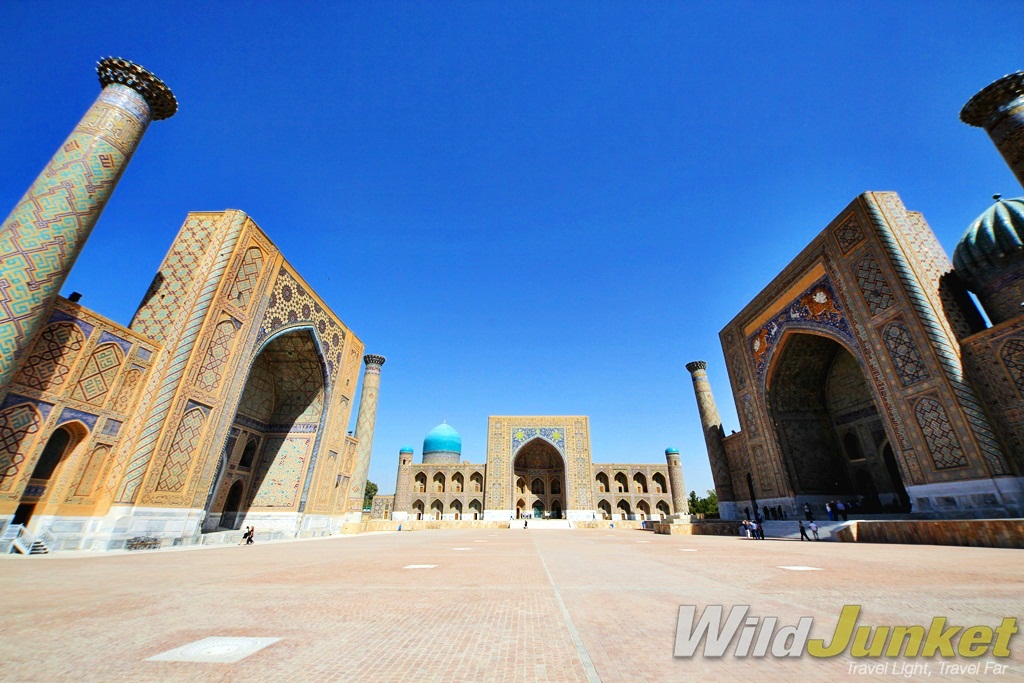
Highlights of Central Asia
Using the word “epic” to describe this famous route is an understatement, as Central Asia covers a large number of magnificent sights across very distinctive cultures. It’s hard to pick the best, but here are some of the most popular in the region:
• Kyrgyzstan’s Song-kul Lake where you can horseback ride and stay with nomadic locals
• Tian Shan Mountains in Kazakhstan — great for hiking
• Livestock market in Taraz, Kazakhstan, where hundreds of cattle and sheep are on sale
• Darvaza gas craters in the middle of the Karakom Desert in Turkmenistan
• Ashgabat — the bizarre and quirky white marble capital city of Turkmenistan
• Ancient medressas (Islamic schools) of Bukhara, Samarkand and Khiva in Uzbekistan
• Pamir Mountains running from the border of Kyrgyzstan and Tajikistan down to Afghanistan
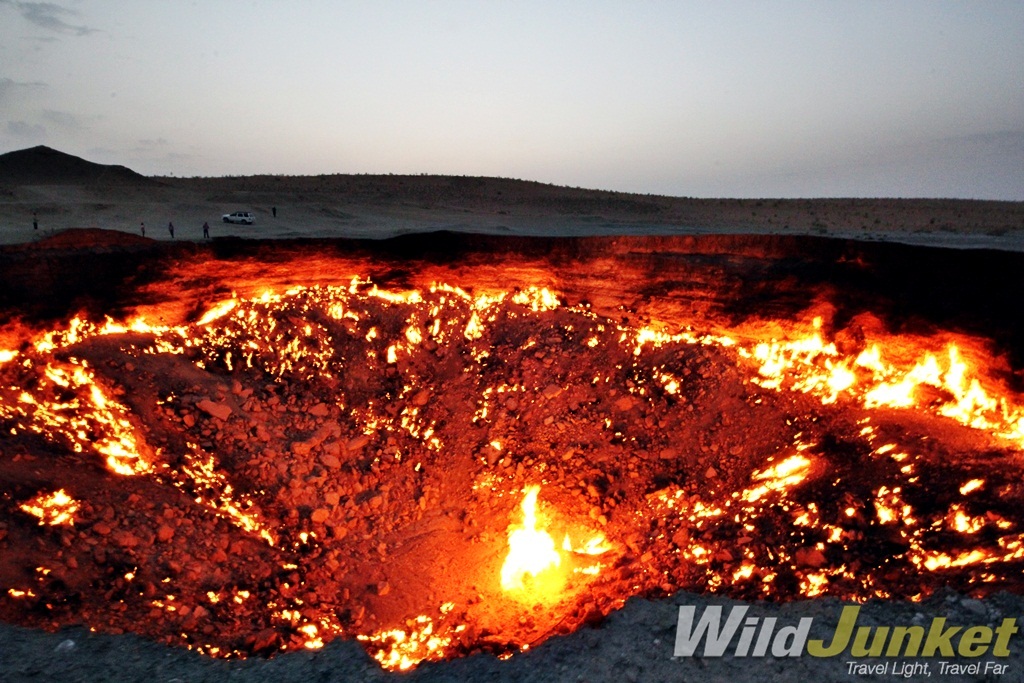
Challenges in Central Asia
Central Asia is generally a safe part of the world to visit, but there are pockets of the region that may be unstable and unsafe to visit during certain times, so always keep an eye on the news and your country’s foreign advisory to keep abreast of the latest happenings. In general, I felt very safe throughout the region and didn’t once encounter any moment whereby my safety was threatened.
No specific vaccinations are officially required for travel in Central Asia but check with your doctor before travelling. Bring a proper first-aid kit with basic medication for headaches, diarrhea, stomach bugs and infections. Always be prepared as you might always encounter problems finding a pharmacy on the way.
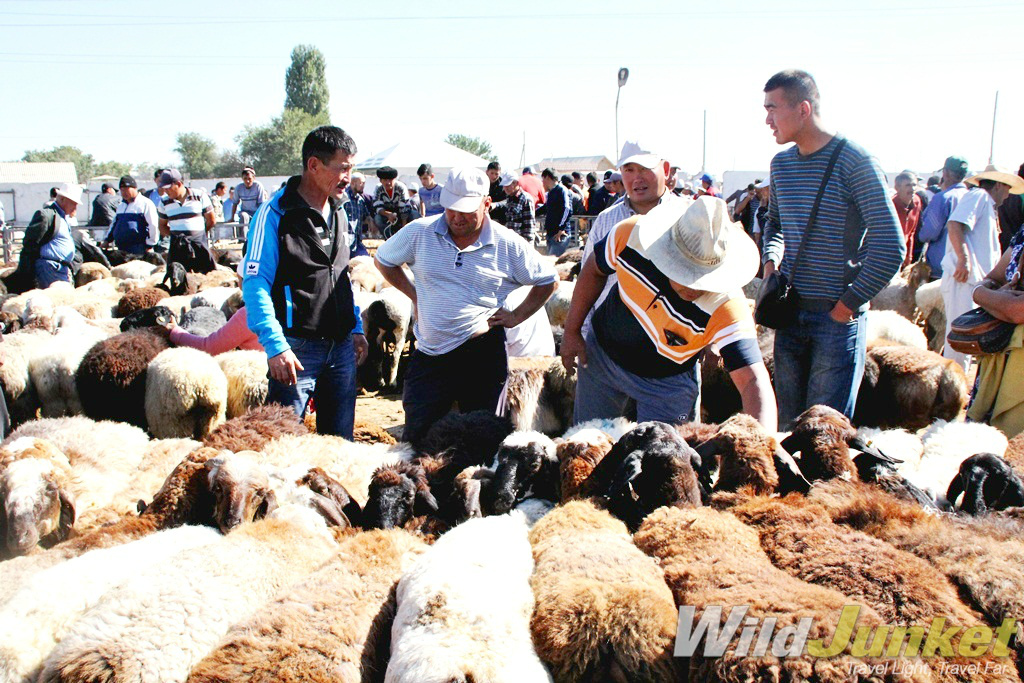
Visas and red tape
Ever since the Soviet days, Central Asia has been tucked behind the Iron Curtain, hidden amidst layers of bureaucracy and red tape. Almost every country in this region requires visas for access and it can be a tedious and expensive process. The ever-changing rules for visa applications in Central Asian nations make it a bit daunting — but don’t let that deter you from travelling here.
In general, it’s recommended that you start applying for your visas at least two months before your trip (you can usually apply up to three months in advance), depending on the number of countries you intend to visit.
To save some time and pain, consider using the services of an external visa service provider to help you do all the legwork. They charge an administration fee for each visa they help you apply for, but considering all the time they can save for you, it’s worthwhile.
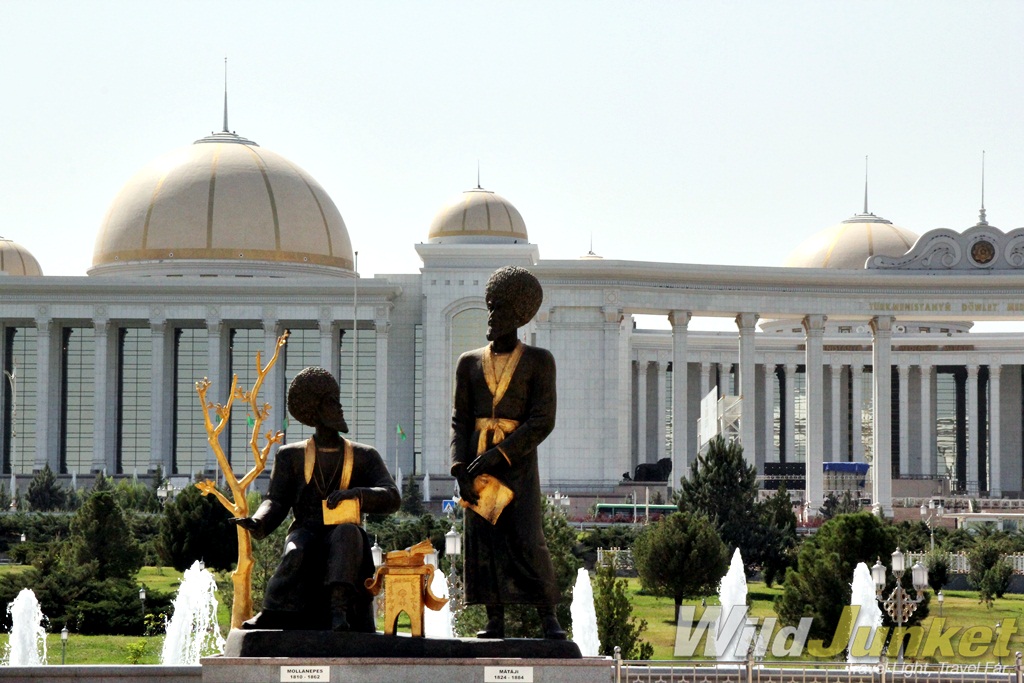
When to go
Most of Central Asia is covered with deserts and mountains, so expect extreme weather; scorching summers and deadly winters. Spring and autumn (May and September) are the best seasons to visit, as temperatures are milder and conditions not as harsh.
From October to March, some of the mountain passes, such as Torugart Pass, may be closed. Ramadan is a religious holiday largely celebrated in Central Asia by way of fasting, so be aware of that when visiting.

Where to stay
In general, Central Asia is great for budget travellers as it’s cheap and there are lots of hostels and eateries. Budget hotels usually range from USD $20.00 to $40.00 per night for a double room, while luxury hotels can go for as high as USD $200.00 to $300.00 a night.
Uzbekistan, in particular, has a more developed tourism infrastructure than the other countries in the region, and you can easily find good quality guesthouses as cheap as USD $15.00 a night with proper facilities and good location.
Community-based tourism is rather popular and easily accessible in Kyrgyzstan. It’s a great way to stay with locals, get to know their culture and travel on the cheap. You can arrange homestays with families, bike tours with a local guide, horse treks with nomads or yurt experiences. A great resource is CBT Kyrgyzstan where you can contact the CBT office in each region directly.
Campsites are not common along the Silk Road, although you can usually bush camp out in the fields, deserts and even vineyards.

Foods to try
The cuisine in Central Asia is limited to a few dishes that can be widely found throughout the region. They include plov, fragrant rice fried with chicken and topped with saffron and pine nuts; shish kebab or meat skewers; lakhman, or Chinese noodles. Expect lots of mutton and grilled meat. Note: vegetarians might find it difficult and should bring supplements.
Money to bring
The money situation is a bit trickier than you might expect. You can use your Visa card in most banks and ATMs, but few places in Central Asia accept Mastercard. The best country to get cash is Kyrgyzstan, where you can withdraw in both the Kyrgyzstani Som and U.S. dollars.
In Kazakhstan, Uzbekistan and Turkmenistan, there are black markets with competitive rates, which make exchanging currencies more worthwhile than withdrawing cash. I have a habit of withdrawing money at my destination, but this time round I brought a substantial amount of USD to exchange there.

People to meet
Central Asia is home to some of the friendliest people I’ve ever met in the world. I lost count of the number of times I was invited into someone’s house for tea. Locals here are extremely hospitable and tend always to go out of their way to welcome foreigners.
In Kazakhstan, a man we met at the livestock market invited our whole group of travellers to his house and introduced us to his family. His wife served us freshly baked buns and warm tea while he regaled us with stories using sign language. It was such a heartwarming and welcoming experience.
I also remember approaching a group of girls in Tashkent, Uzbekistan, to ask for directions, who were so friendly they actually stayed with me, showed me around their city and brought me to an awesome local restaurant for dinner. I gave them my contact number and today we still keep in touch.
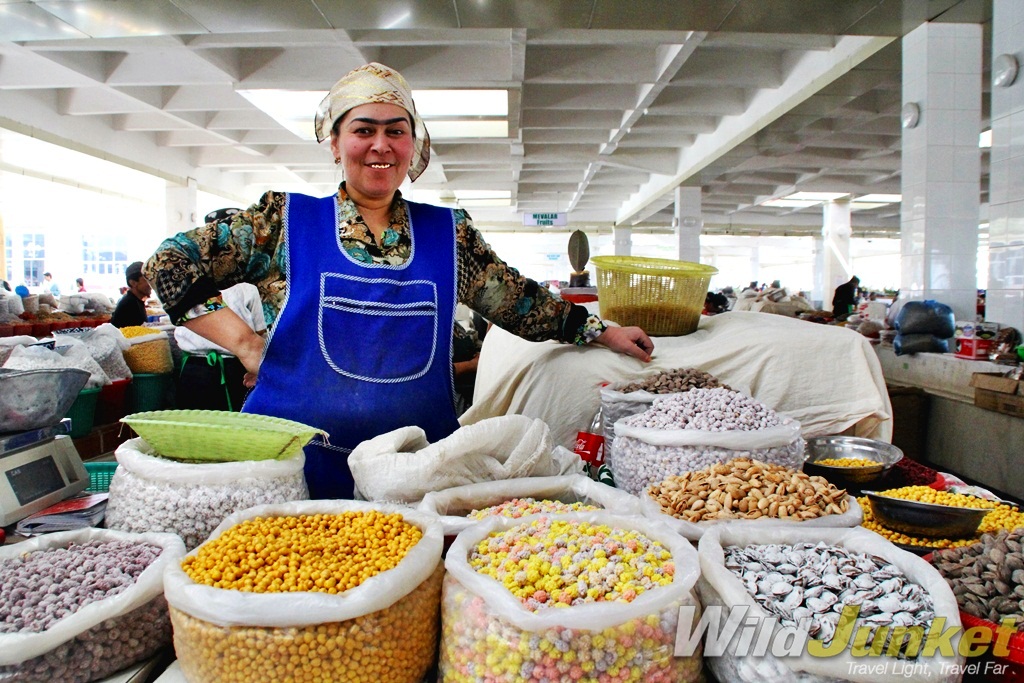
Tips to consider
• Many countries in Central Asia will only issue visas for entry on specific dates (e.g., Turkmenistan) so it is best to confirm your travel dates before applying for the visa.
• The capital of Kyrgyzstan, Bishkek, is a good place to fly into if you’re travelling from Europe, as flights are reasonably cheap and no visa is required for most people.
• The majority of Central Asians are Muslims. All visitors to the region should dress modestly, and women should wear a headscarf when entering places of worship.
• Read up on local etiquette. For instance, in many Central Asian countries you will be expected to remove your shoes before entering a house.
Article originally published on April 14, 2016.
Getting There
G Adventures runs a number of departures in Central Asia encompassing a wide range of departure dates and activities to cater to different tastes.























